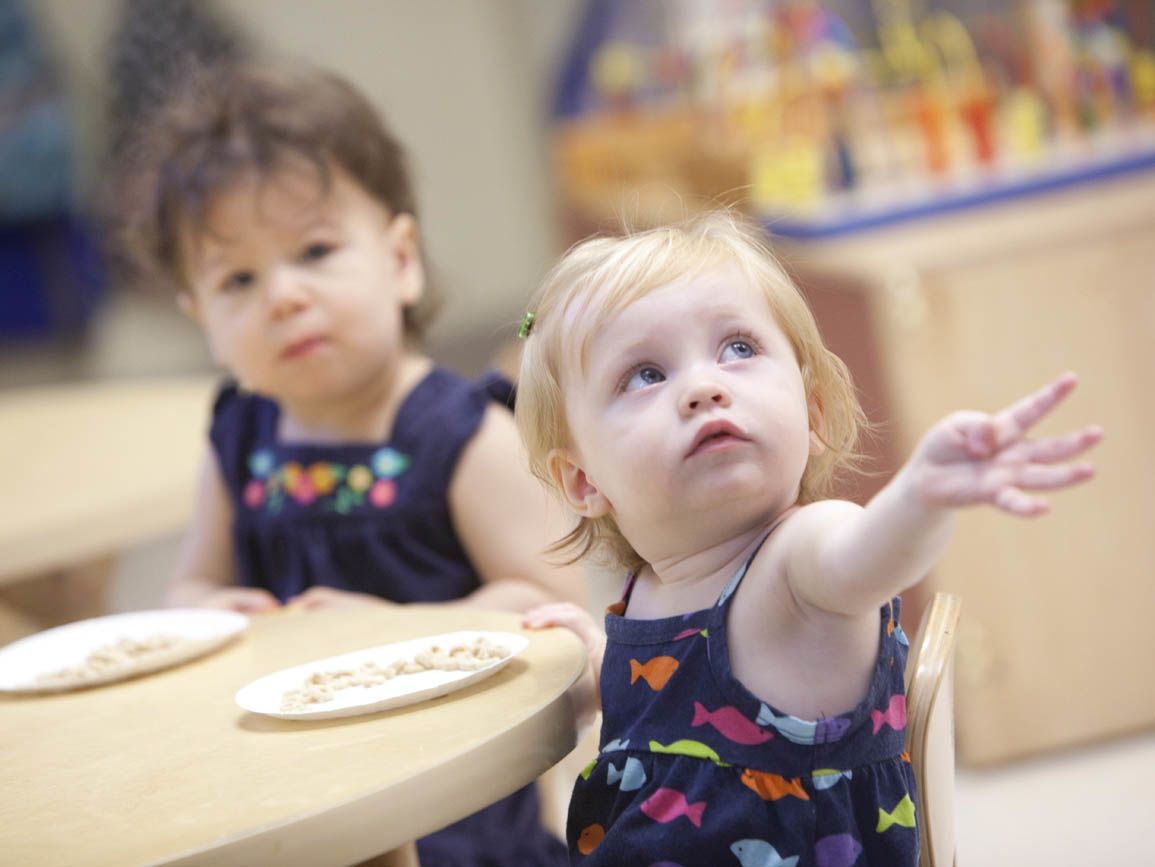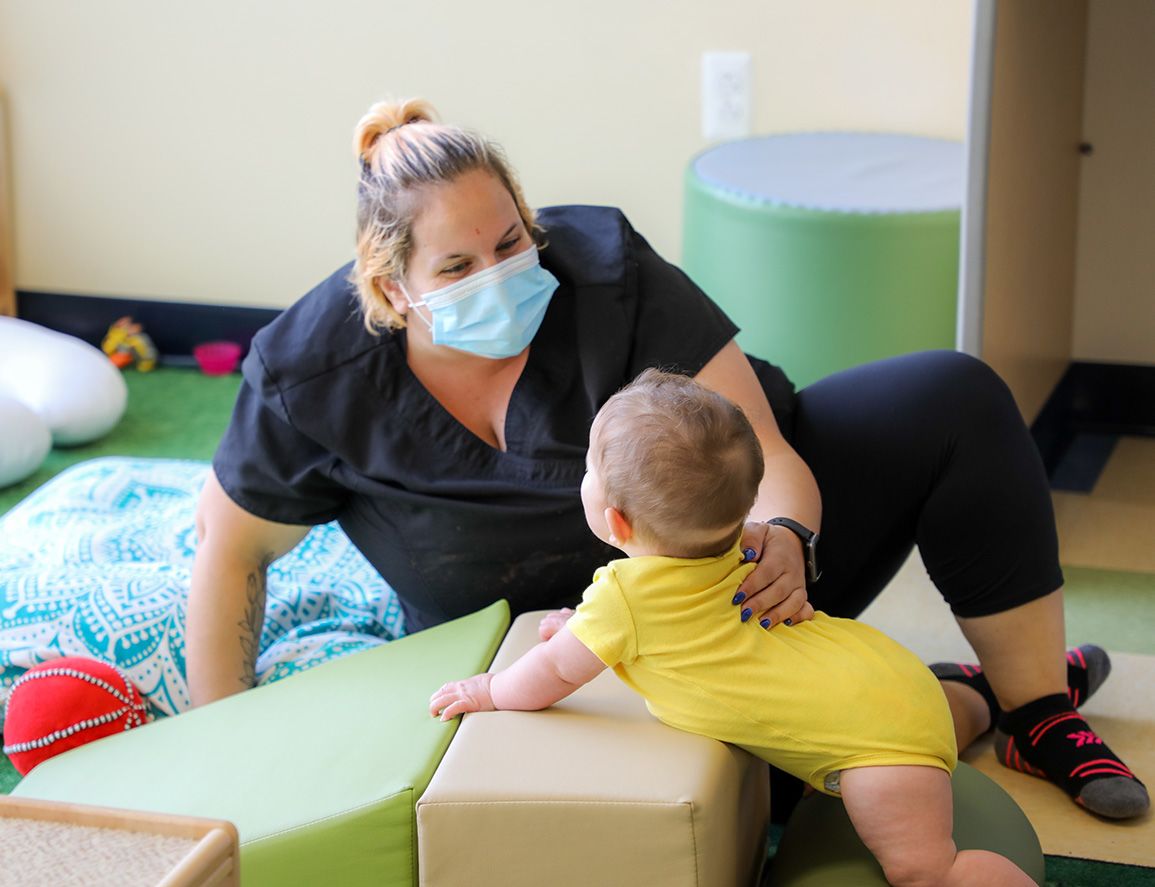Imagine you visit a preschool program, and notice children in each room deeply engaged in a variety of activities and projects. In one room, a group of children make a car wash out of cardboard. Other children in the room engage individually and in small groups making elaborate block structures, retelling the story from a favorite book, or writing invitations to an upcoming event. In the next room, a small group of children in the block area figure out which angle of a ramp helps small cars go the fastest. At the easel, children experiment with mixing colors. In the math area, children form sets of seven using small interlocking blocks. You notice one of the teachers observing and jotting down notes on what the children are doing.
The term "emergent curriculum" would be used to describe this program. Rooted in the work of noted early childhood theorists like Dewey, Piaget, and Vygotsky, emergent curriculum is defined as a process where teachers plan activities and projects based on the specific group of children they are working with, taking into account their skills, needs, and interests. In an emergent curriculum program, what happens in side by side classrooms will look different because of the varying skills, interests, and needs of the children within those classrooms. A teacher takes into account all that she knows about individuals and the particular group of children she teaches and plans accordingly.
How an Emergent Curriculum Works
A successful emergent curriculum approach means that teachers thoughtfully plan the environment, offering many visible choices, based on the children's skills and needs. Teachers conduct observations and plan based on their observations of children. Teachers practicing emergent curriculum also utilize reflective practice, taking time to reflect and act on their observations of children.
Sometimes as parents of children attending emergent programs, we worry that our children won't learn everything they are supposed to learn in that age group. However, teachers still plan according to age group objectives and appropriate content including school readiness skills such as letter and number concepts. They also follow state early childhood standards where available and may use a system for tracking children's progress such as Teaching Strategies GOLD™. If you still find yourself worrying, remember that maintaining positive parent teacher communication can help you feel confident that your child is learning the necessary skills.
Project work is often another component of programs that successfully practice emergent curriculum. Projects allow children to study a topic in more depth over a period of days or weeks and can involve a small group or the whole class. Projects in an emergent curriculum classroom often focus on answering children's questions such as "Where does water go when you water plants?" or "Why are things different colors?" or "What kinds of homes do animals have? And what about people's homes?" Attentive teachers take note of children's questions (for example, while helping to water the flowers) and where appropriate, build project work to help answer those questions.
Emergent curriculum is a developmentally appropriate approach to planning for children's learning in early childhood settings. Through this approach, teachers gain greater understanding of each child's individual needs, allowing for thoughtful and individualized programming.
More on Early Childhood Education and Learning
- Find resources & activities to help nurture and guide learning at home, including reading, science, math and more.
- Tips for teaching children critical thinking and problem solving skills.
- Learn the importance of children's play time for child development and get helpful playtime tips.
- Find STEM (science, technology, engineering, math) activities and idea to help your child learn these core skills.
- One working mom shares what she loves about her child's preschool and how the teachers help her stay connected to her son's learning.
- Find some creative classroom art projects for kids you can also do at home.
- Our at-home learning activities website includes a database of learning activities searchable by age and topic.





